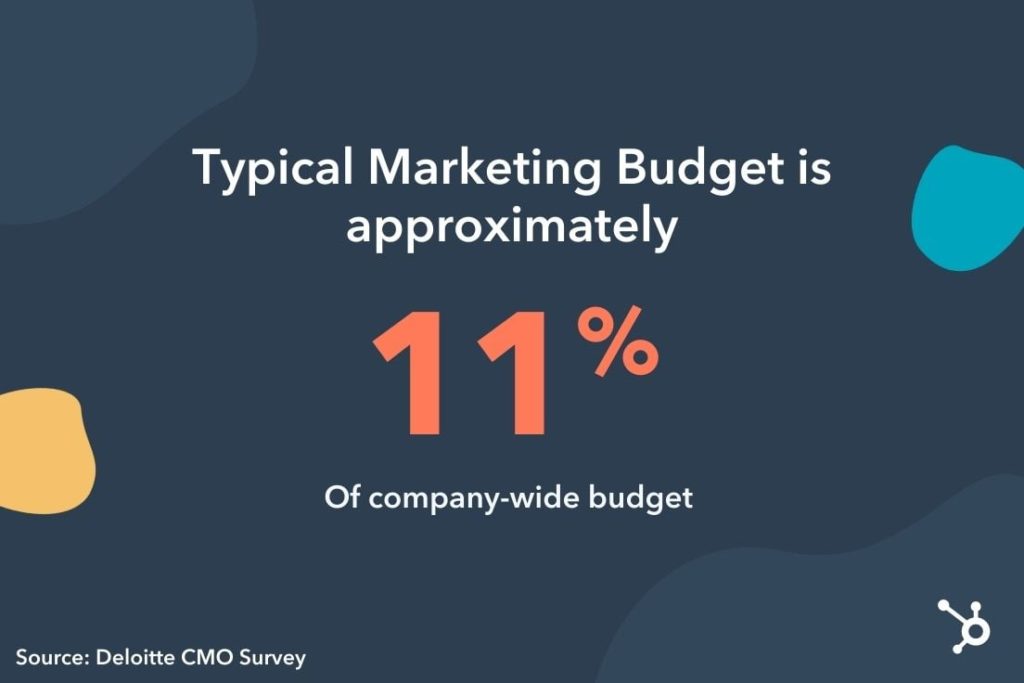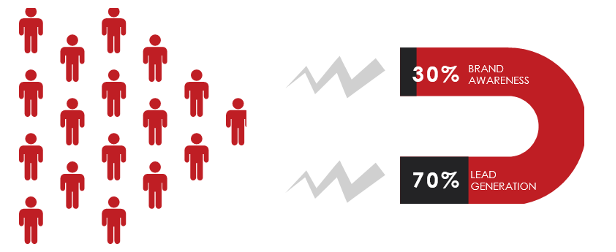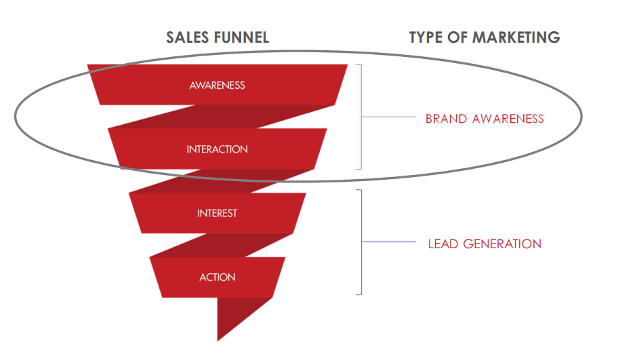
‘Tis the Season! Marketing Planning Season, That Is
Tips to help guide your business’ marketing budget and advertising plans.
How much of my business’ total sales should be invested back into marketing?
How much of that marketing spend should go towards lead generation activities vs. brand awareness activities? Online marketing tactics vs. offline marketing tactics?
I suspect you – or someone in your company – has pondered these questions on more than one occasion. While I would love to be able to tell you there’s a “golden answer” to these questions, each business is unique and the answers to these questions will vary for each individual business. Your marketing budget should depend on a variety of factors — industry, sales performance, and company goals, to name a few. Despite that, the tips found in this article can be used as a general guide while determining your annual marketing budget and how best to allocate those funds.
A beneficial rule of thumb with respect to paid advertising spend is to have two budgets in mind: one to maintain status quo and another for business growth. If you are satisfied with where your company is currently at in regard to revenue, then 5-10% of sales allocated back into advertising may suffice*. But if you want to grow revenue and increase your market share, you will want to increase that number to somewhere between 10-20%.*

These recommendations ring true for the HVAC industry specifically. Experts say HVAC contractors need to dedicate 10-20% of sales toward their marketing budget if they want to grow. Contributing 5% of sales to the marketing budget is a small “maintenance” budget that typically yields minimal results**.
In the past few years, the Strategic America team has seen some businesses keep their marketing budgets flat year-over-year which has resulted in a decrease in leads as well as sales year-over-year. This is due to several factors in the environment right now, including:
- Increased competition. It is getting harder to cut through the clutter and noise to really resonate with consumers.
- Inflation. Inflation not only impacts consumers, but it also effects marketing spend as well. An advertising spend of $1 several years ago is certainly not equal to $1 spent today.
- Changing consumer behaviors. You need to be using data in order to have more targeted and strategic approaches to your marketing – and greater marketing measurement and attribution – in order to keep up with rapidly changing consumer behaviors. Leveraging this data will ensure your company is in front of the right people, with the right message, at the right time.
Whatever your marketing budget for this next year is, make sure the plan is diverse. In our experience, a good rule of thumb is a 70/30 split, with 70% of your marketing budget going to lead generation activities and 30% to brand awareness activities.

Ultimately, how you allocate your marketing budget depends on a number of factors based on each individual business and their unique situation. Even two companies in the same industry and in the same market might need a very different mix of branding and lead generation efforts in their marketing plans. For example, one may be a 50-year-old business with strong brand awareness, whereas the other may have just started the business five years ago and still needs to invest in branding to raise brand awareness.
It’s important to note that the split might need to change throughout the year and you should continually monitor and assess marketing initiatives. If your business is experiencing staffing or capacity issues and can’t effectively respond to an influx of new leads at the moment, instead of cutting marketing spend altogether (which will ultimately hurt your business in the long run), shift more of your lead generation spend into branding. Remember that market downturns provide a great opportunity to steal market share from your competition by increasing your branding efforts.
Why are branding efforts critical to a marketing plan if they don’t allow me to see immediate results?
Brand awareness is marketing that helps to create an identity for your company and separates you from everyone else. Since brand awareness efforts aren’t clearly measurable, it’s tempting to build a plan that’s comprised of all lead generation tactics since they ARE measurable and can show your return on investment. However, a marketing plan built solely around lead gen is not sustainable in the long run. You need to have brand awareness built into the plan because that is ultimately what affects consumers’ perceptions and attitudes about your business, builds trust, drives brand choice and loyalty, and helps to ensure repeat purchases.
Plus, if your marketing plan consists solely of lead gen tactics, you are only marketing to half of the target audience and are completely missing consumers at the top of the sales funnel. When the consumers at the top of the sales funnel start to need you and move to take action, it’s a lot easier for them to choose your business over a competitor if they are already familiar with your company.

There are no shortcuts in life and the same could be said for marketing your business. Building a solid foundation for marketing your business is critical for customer retention while also attracting and attaining new customers. Both are vital to your business’ growth and long-term success.
*Source: Forbes
**Source: ServiceTitan



